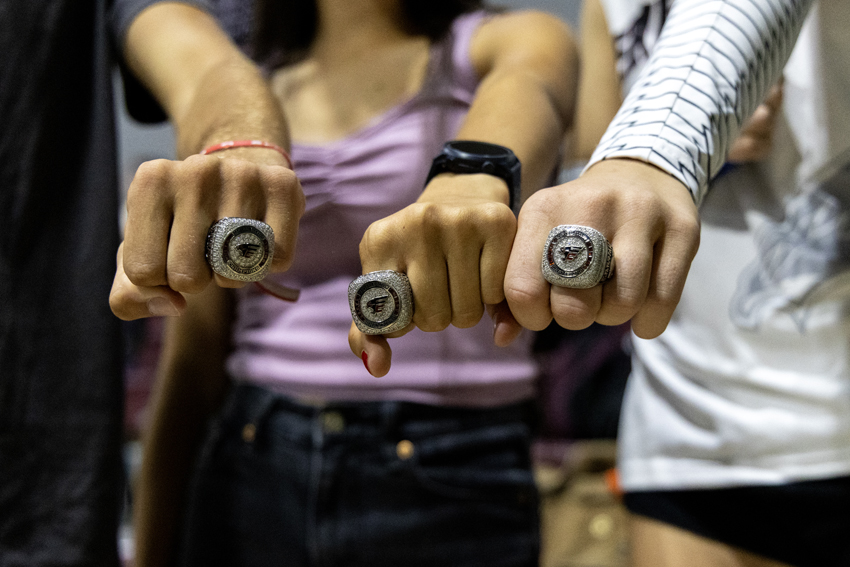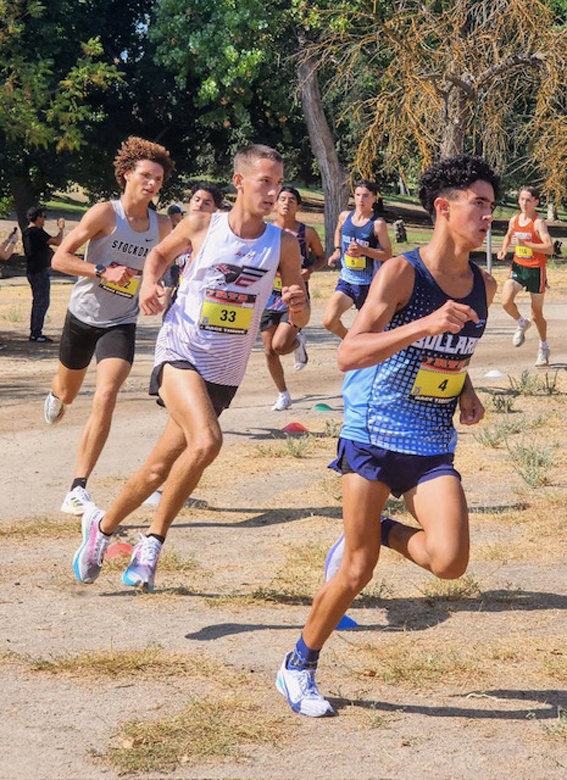Junior Austin Rurik sprints down the field while guarding the soccer ball. He attempts to dodge an opposing player, who slide-tackles him. As a result, Rurik’s head is thrust to the ground, causing his brain to collide against the wall of his skull; he receives his first concussion.
A concussion occurs when the head experiences trauma so severe that the brain is jarred. Common symptoms include confusion, throbbing pain in the head and, in more severe cases, unconsciousness.
This injury affects many athletes in various physical activities, including contact sports such as football. Senior Tyler Haritzalde received a concussion last year during a football game against Caruthers High School.
“I forgot entire quarters of the game and still had frequent headaches for several days after,” Haritzalde said.
Splitting headaches often follow head trauma for days after the incident. Short-term memory loss and slower thinking may also result. More serious side effects occur long-term as well.
During the JV football team’s scrimmage against Firebaugh, Aug. 27, freshman Elijah Beukers received a semi-concussion. He believes he got the concussion because someone blind-sided him and went head-to-head with him.
He continued to play the rest of the game unaware of his condition. After the game, however, Beukers said he passed out running to the sideline.
“During the game, I blacked out slightly when I was hit at first,” Beukers said. “Then, after the hit, I was dizzy and confused. Throughout the rest of the game the pain peaked whenever I was hit again.”
Head injuries are a growing concern in high school sports as players become bigger and stronger. An Aug. 29 article in The Fresno Bee reported that “ER visits for 14- to 19-year-olds more than tripled from about 7,000 in 1997 to nearly 22,000 in 2007.”
Sports with the highest concussion rates include football, soccer and basketball. Concussion rates have risen in past years, and the medical industry has become more aware of this problem.
Though the campus football team encounters at least one suspected concussion per season, football coach Bonner Cunnings says that concussions are more common in other sports such as basketball and soccer.
Football gear plays an essential role in protecting the players against major head trauma. Football helmets have progressed greatly in the past 20 years, taking large steps toward improving the safety of players. In the 1980s, polycarbonate helmets were introduced, and in 2002, helmets became more spherical to reduce the risk of concussions.
“The helmets our players wear are much safer and are 50-percent more effective than any other helmet,” Cunnings said. “Because of these helmets, there were no season-ending injuries last year.”
In addition to football, sports such as soccer and basketball show high concussion rates. Though concussions remain a danger for high school sports, advances in protection, safety rules and medical care help to keep players on the field, rather than on the bench.
For more information on sports injuries, read the Oct. 8, 2008, article, Near tragedy becomes modern-day ‘miracle,’ and the Feb. 28, 2008, article, Injuries end hockey career.







Roy Wolley • Mar 23, 2011 at 12:01 am
Those cookies were delicioso.